|
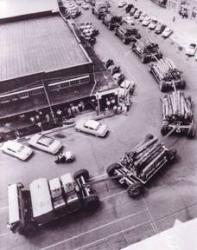
|
1 - Letourneau VC-12 Tournatrain. Letourneau brochure.
|
|
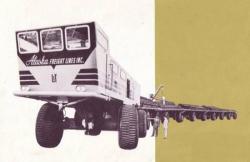
|
2 - Letourneau Model VC-22 Sno-Freighter. LeTourneau brochure.
|
|
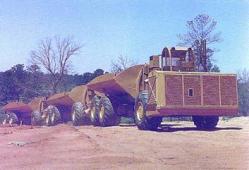
|
3 - Letourneau Side Dump Train.
Pict from the book of Eric C Orleman : 'Letouneau Earthmovers’, MBI, Publising Company, 2001.
|
|
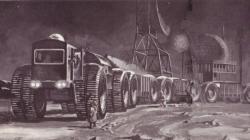
|
4 - Letourneau Logistical Cargo Carrier LCC-1.
Pict from the book of Eric C Orleman : 'Letouneau Earthmovers’, MBI, Publising Company, 2001.
|
|
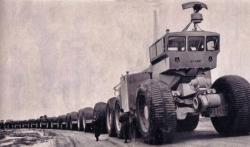
|
5 Letourneau Overland Train Mk II
|
|
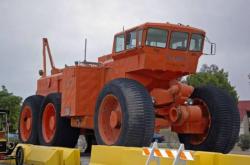
|
6 - Letourneau head car of Overland Train Mk II. Pict J M M Collection (from Arizona Proving Ground)
|
| |
|
| |
|






 Français
Français
 English
English
 Español
Español
 Italiano
Italiano
 Deutsch
Deutsch
 Nederlands
Nederlands
 Portuguesa
Portuguesa